It comes from a worm right? Sort of, it comes from a caterpillar. But how does a caterpillar produce silk? Well, it is actually a pretty fascinating process for those who appreciate science and maybe slightly disturbing for those who don’t like creepy crawly things. The caterpillar spins a cocoon in hopes of one day becoming a beautiful silk moth. For many, this is not meant to be as the silk is harvested from the cocoon before the pupa transforms into a moth.
While on my mission trip around the world in 2016, I had the opportunity to visit a place near the capital of Cambodia, called Koh Dach, also known as Silk Island. Here, I was able to witness this process first hand and purchase my own 100% silk scarves straight from the source.
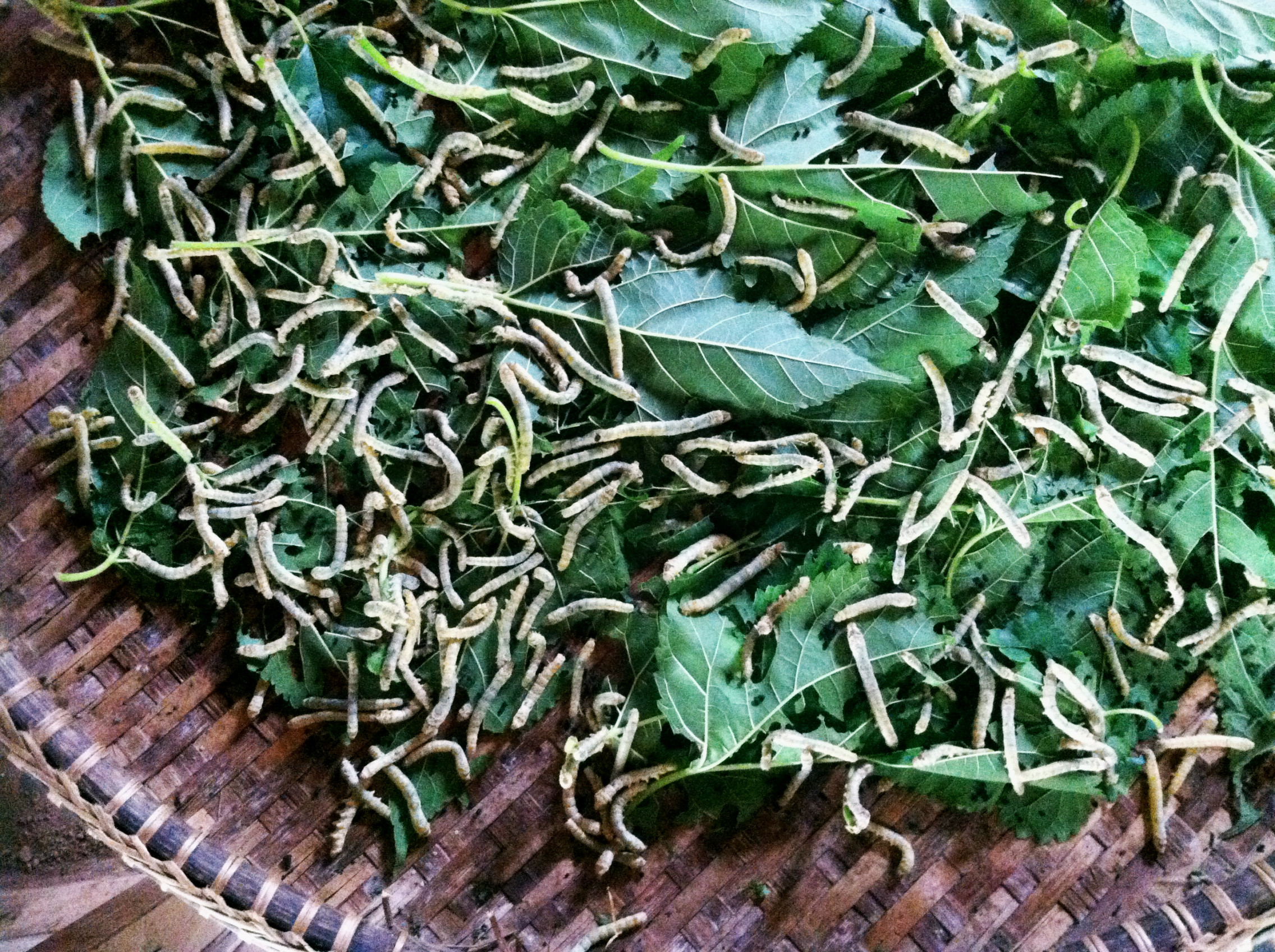
First, silk moth caterpillars are placed on a tray with a specific type of leaf which determines the color of the silk made. Different caterpillars have different diets depending on their location which in turn changes the color of the raw silk.
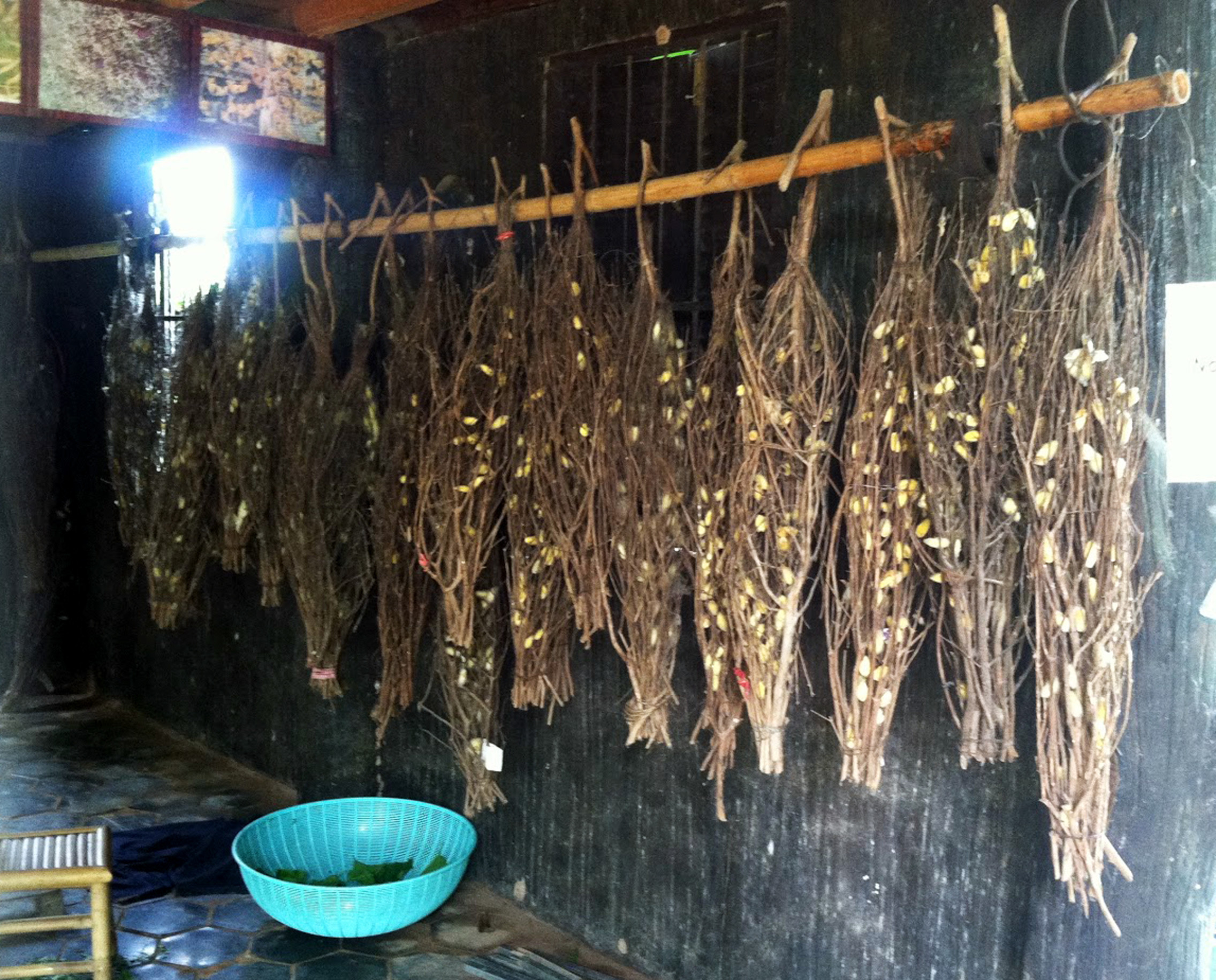
When the caterpillar grows large enough, they are placed in a nest where the cocoons are then spun. As time passes, more and more silk is added to the outside of the cocoons. Timing is very important. If the workers are even an hour too late, the caterpillar will complete metamorphosis, hatch from the cocoon becoming a moth and take all of the silk with it. When the cocoons are the fuzziest (covered in the most silk), they are taken and placed into a boiling pot where the silk is spun off creating a pure silk thread.
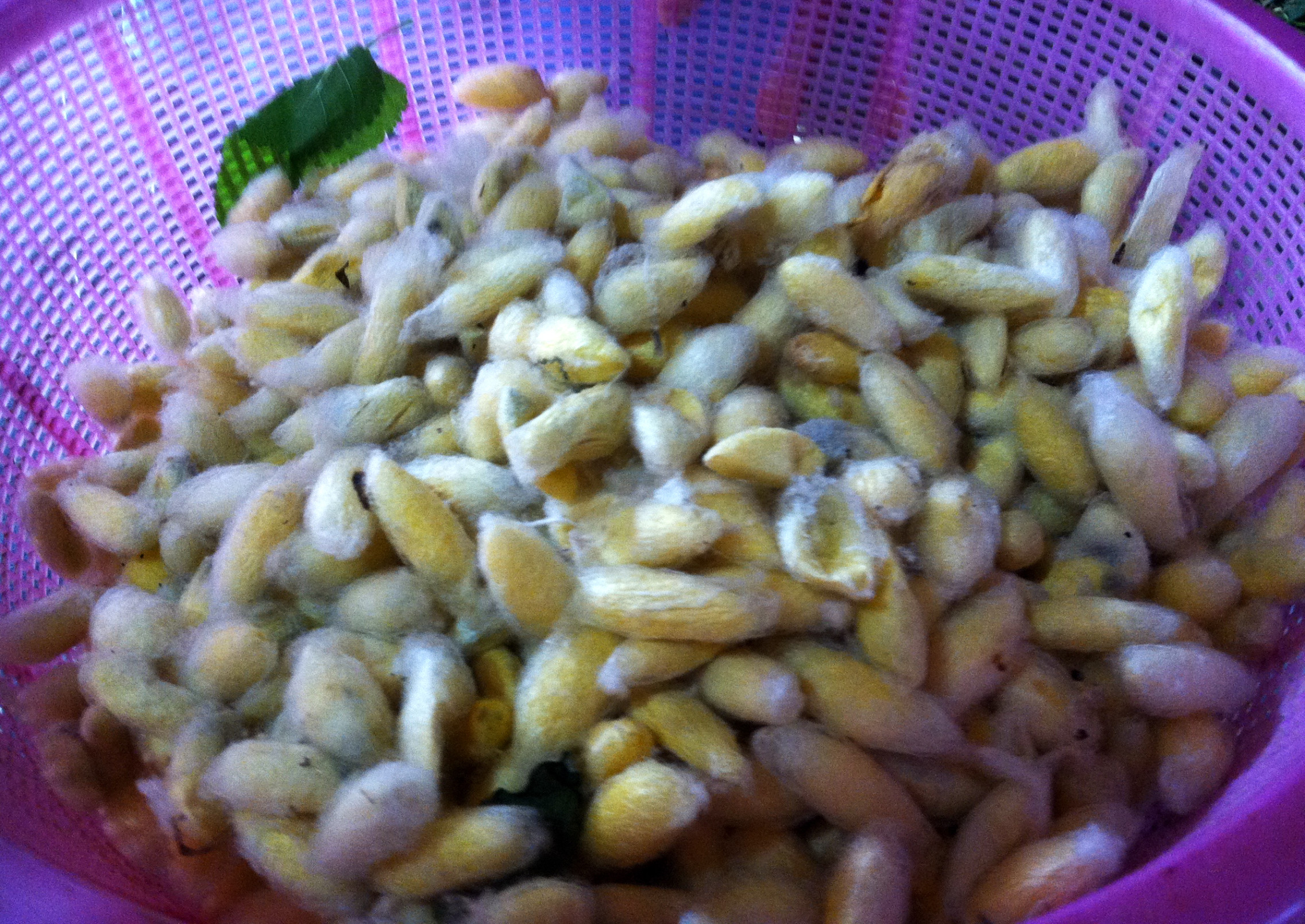
Each cocoon can produce up to 330 to 430 yards of silk thread.
The raw silk is taken and placed into a large color vat of natural dyes to obtain the desired color. Some of the silk threads are made into silk products at the facility on the island while other silk threads are sold to local families who make a living by weaving silk under their homes on jacquard hand looms.
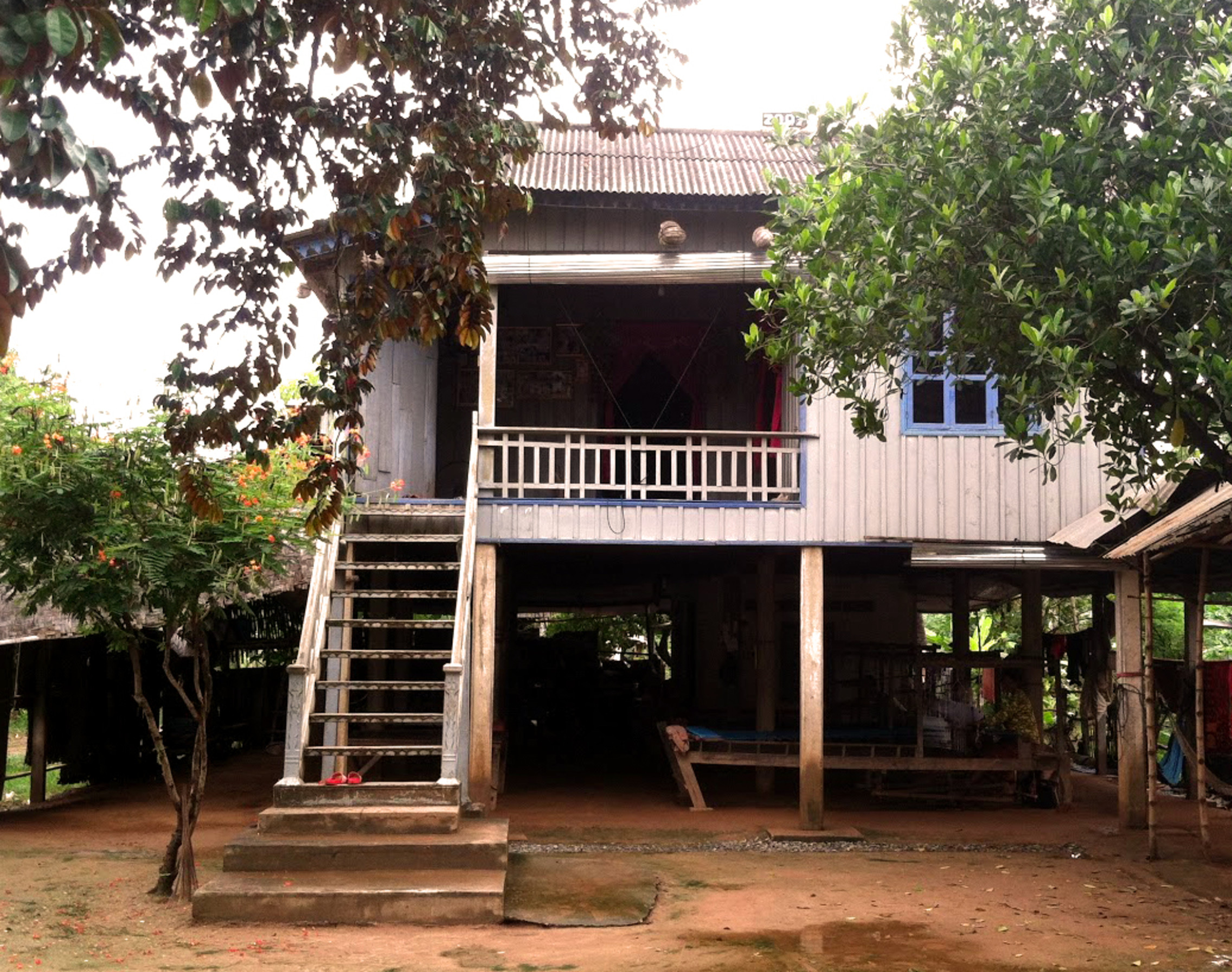
Silk weaving looms under a local Cambodian home on stilts.
Homemade jacquard hand loom - One skirt can take up to 2,500 silk threads, 56 bobbins and a full week to produce.
To begin the weaving process, the threads are separated and organized on the warping tool. After this, they are individually fed into a reed. Once this is complete, the weavers prepare the pattern on the loom and then they can begin the weaving process.
Each row of the design is created by using a hand-made shuttle tool. A silk “fill” thread is fed into the shuttle and then sent through the warp threads to create the unique pattern.
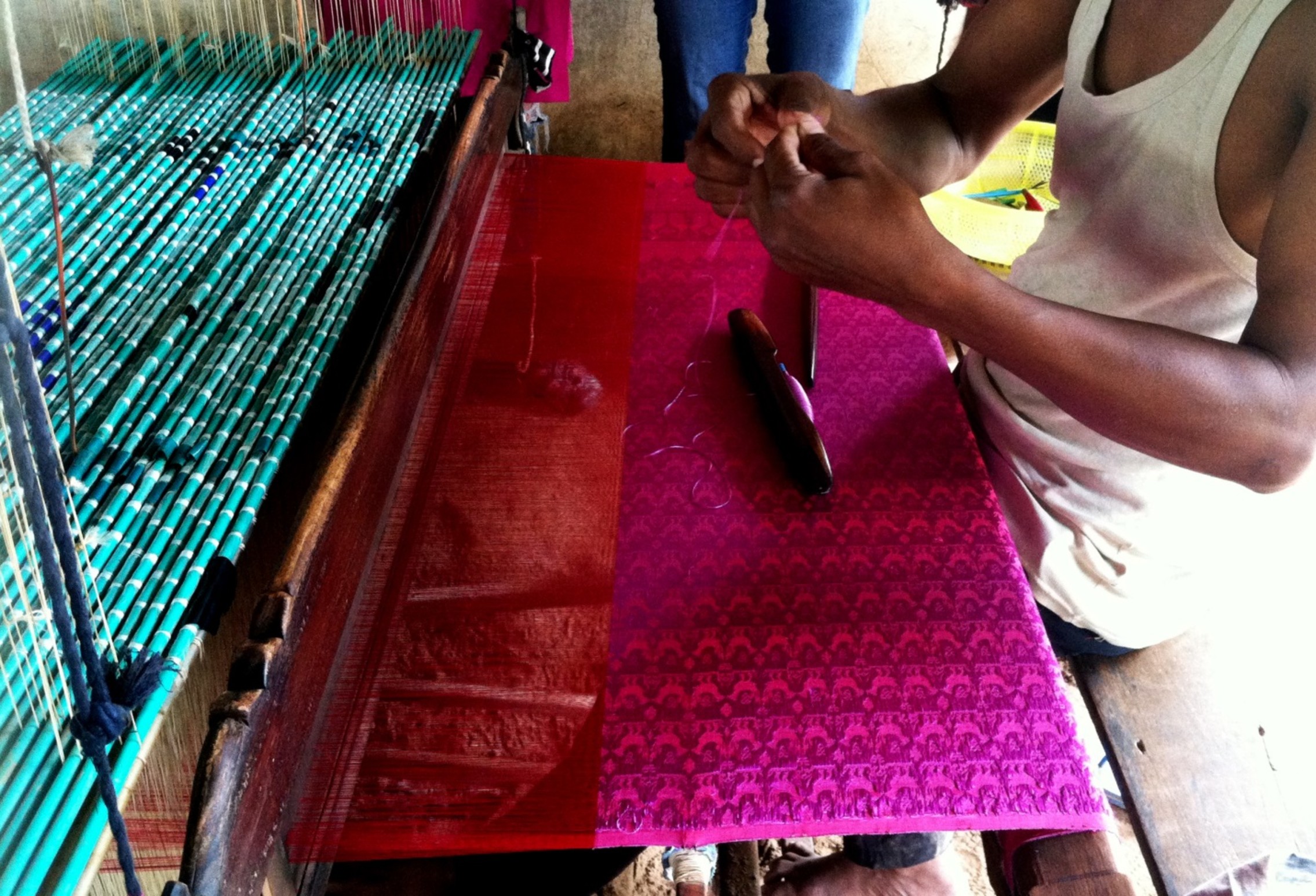
The end result is 100% hand-made silk products such as ties, skirts, and scarves.
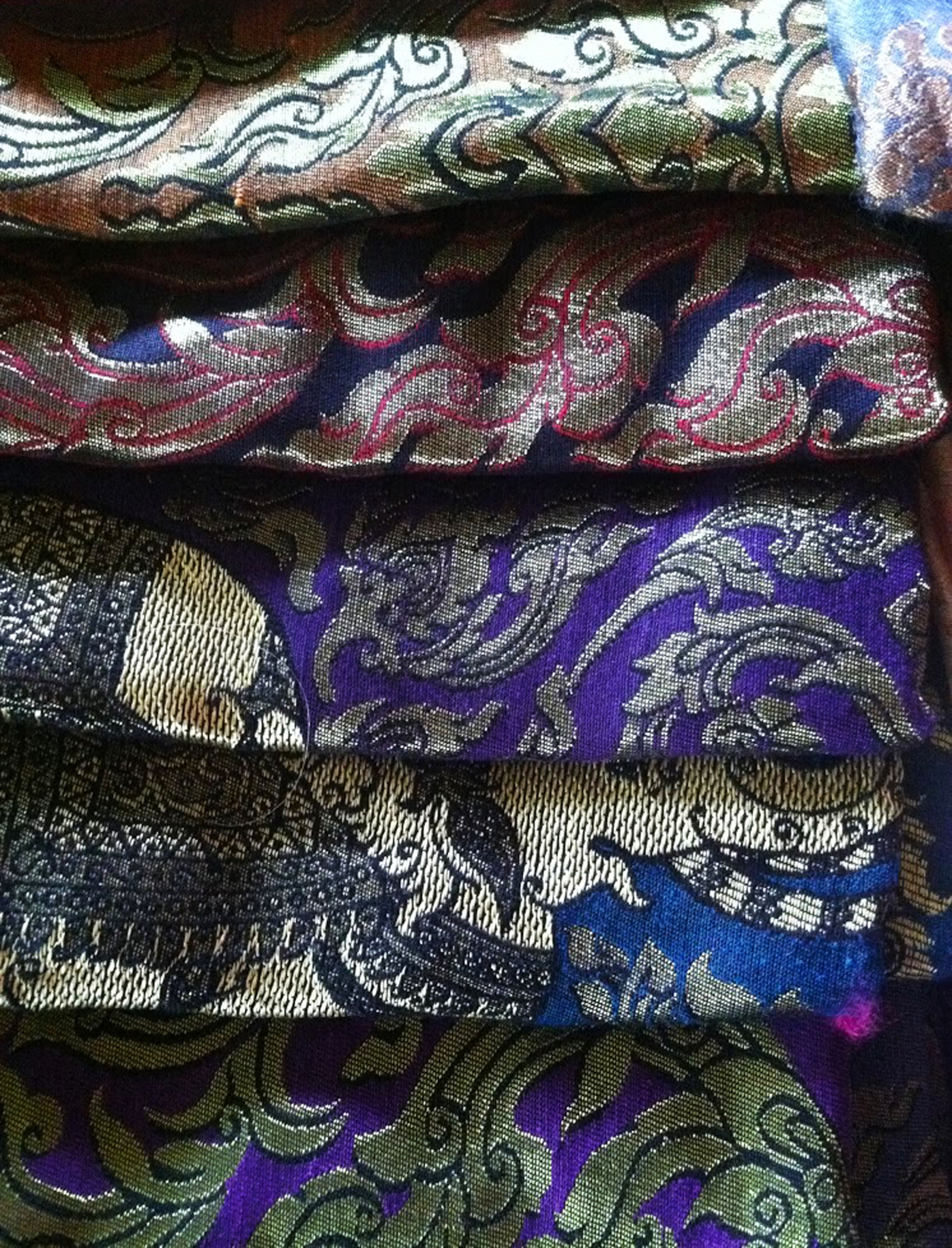
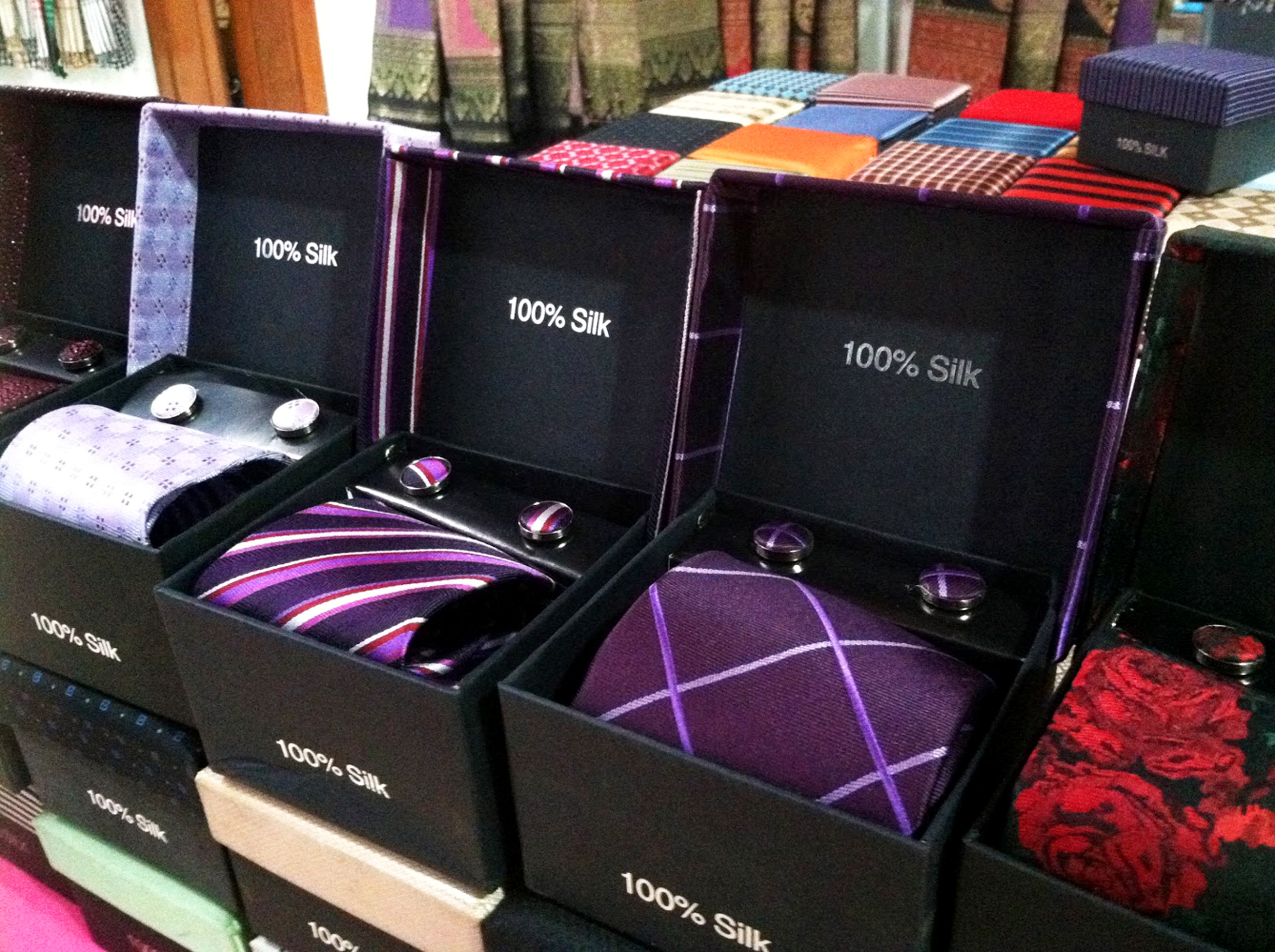
Greenhouse Fabrics offers a wonderful collection of Faux Silk. Visit greenhousefabrics.com or call one of our Customer & Fabric Specialists to explore all of our fabric options.


